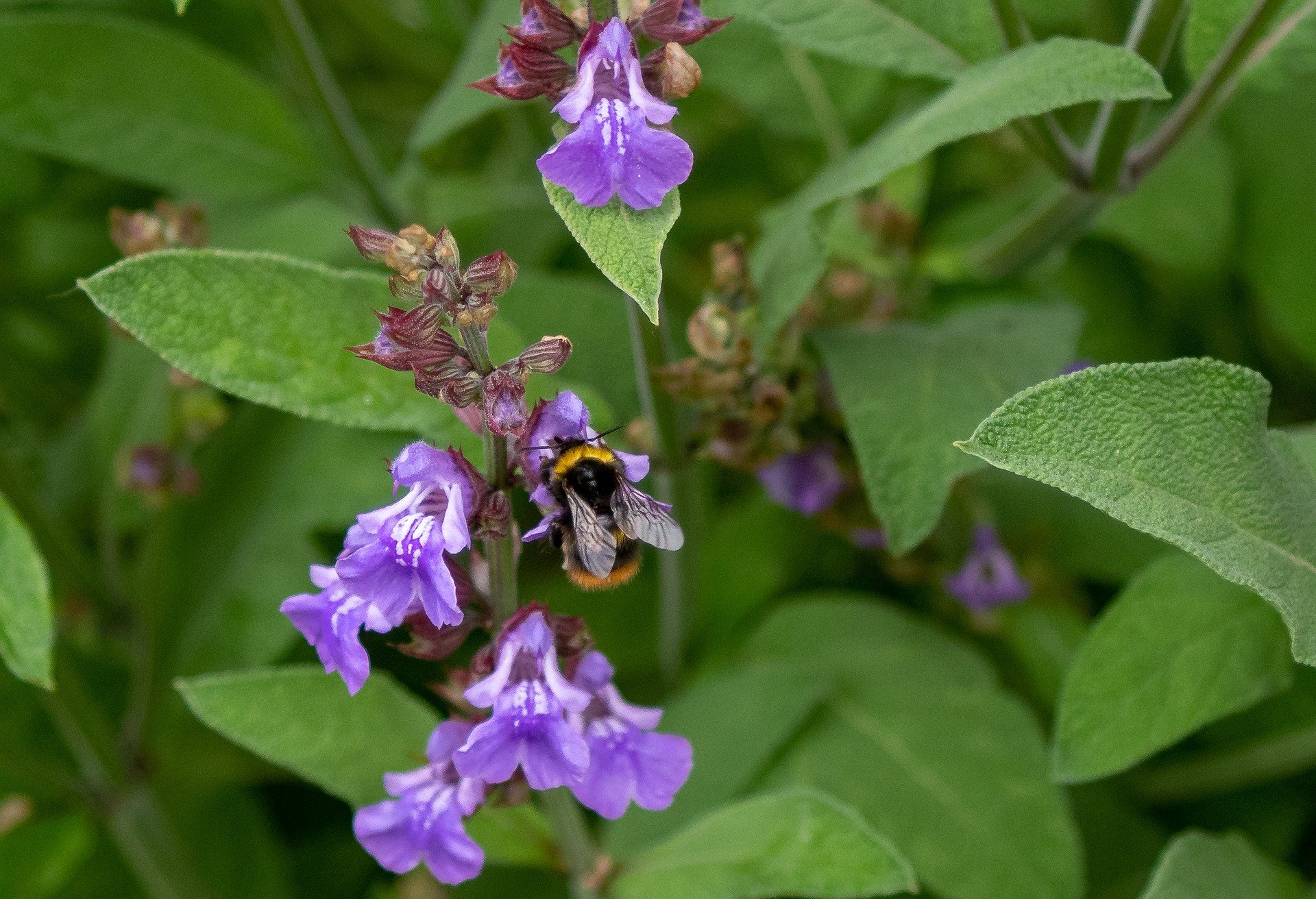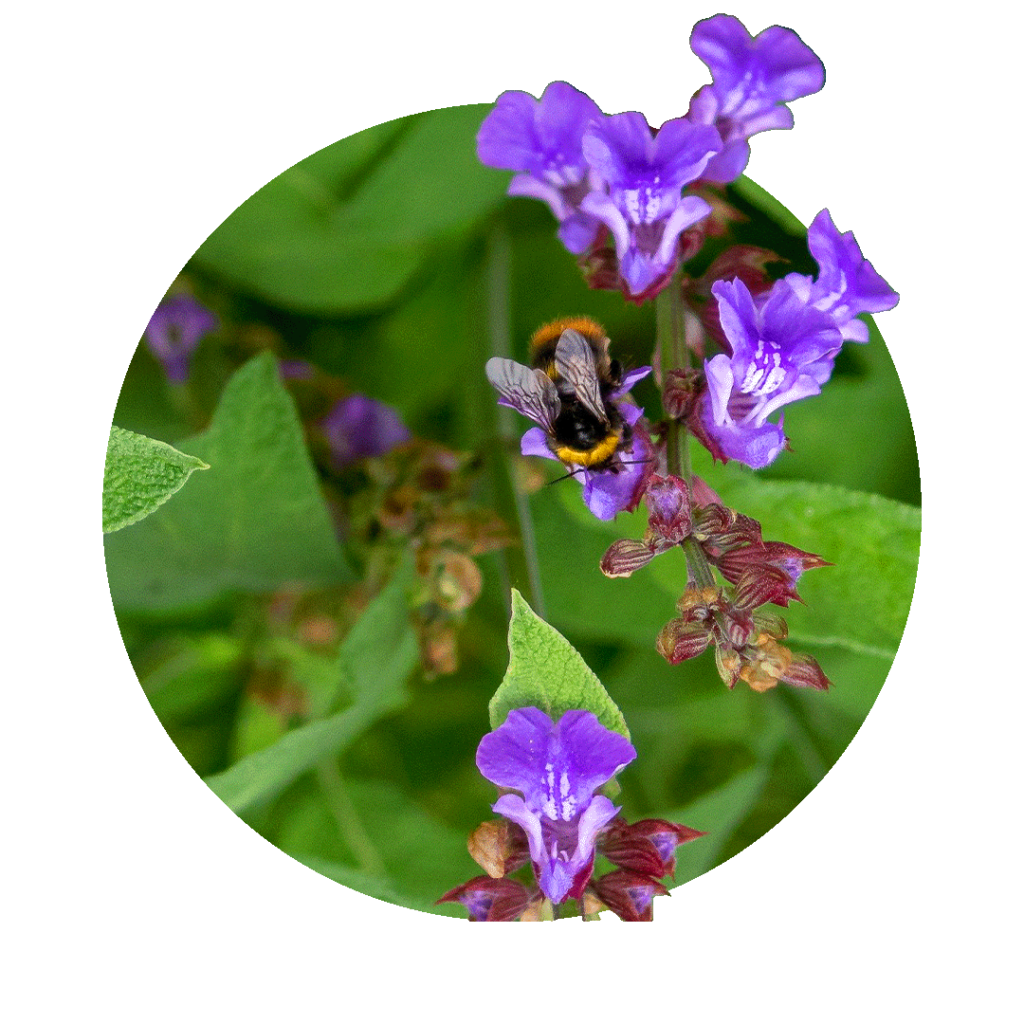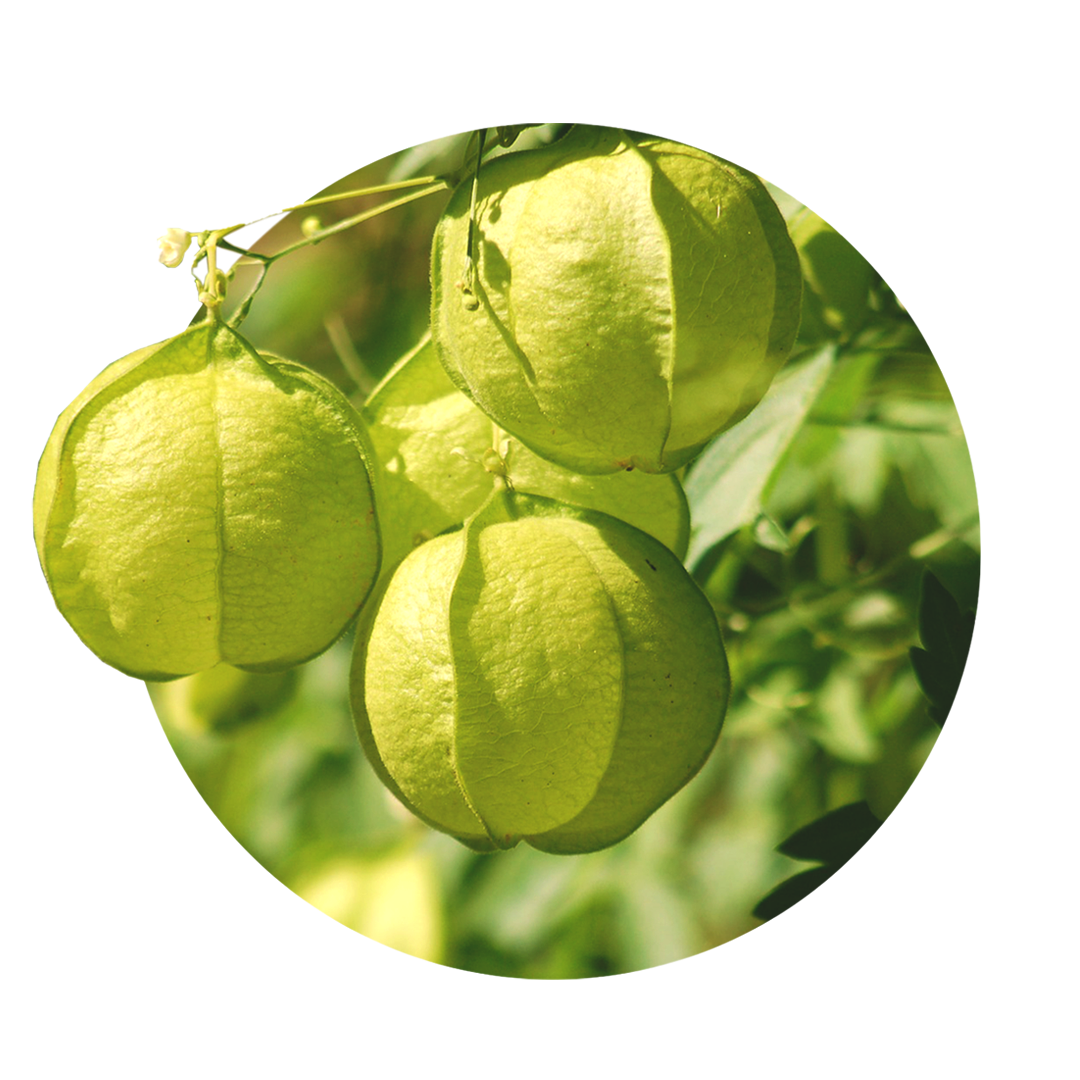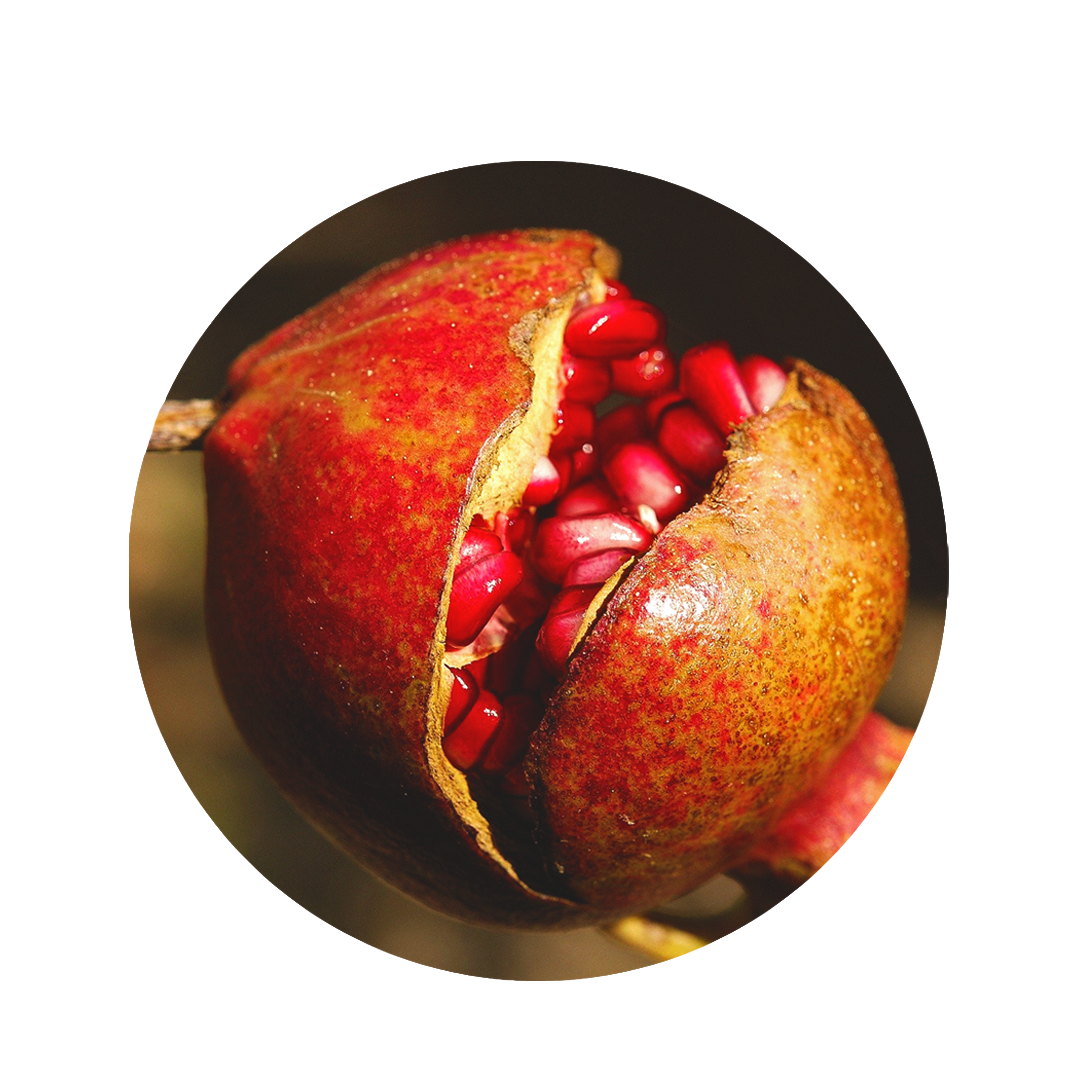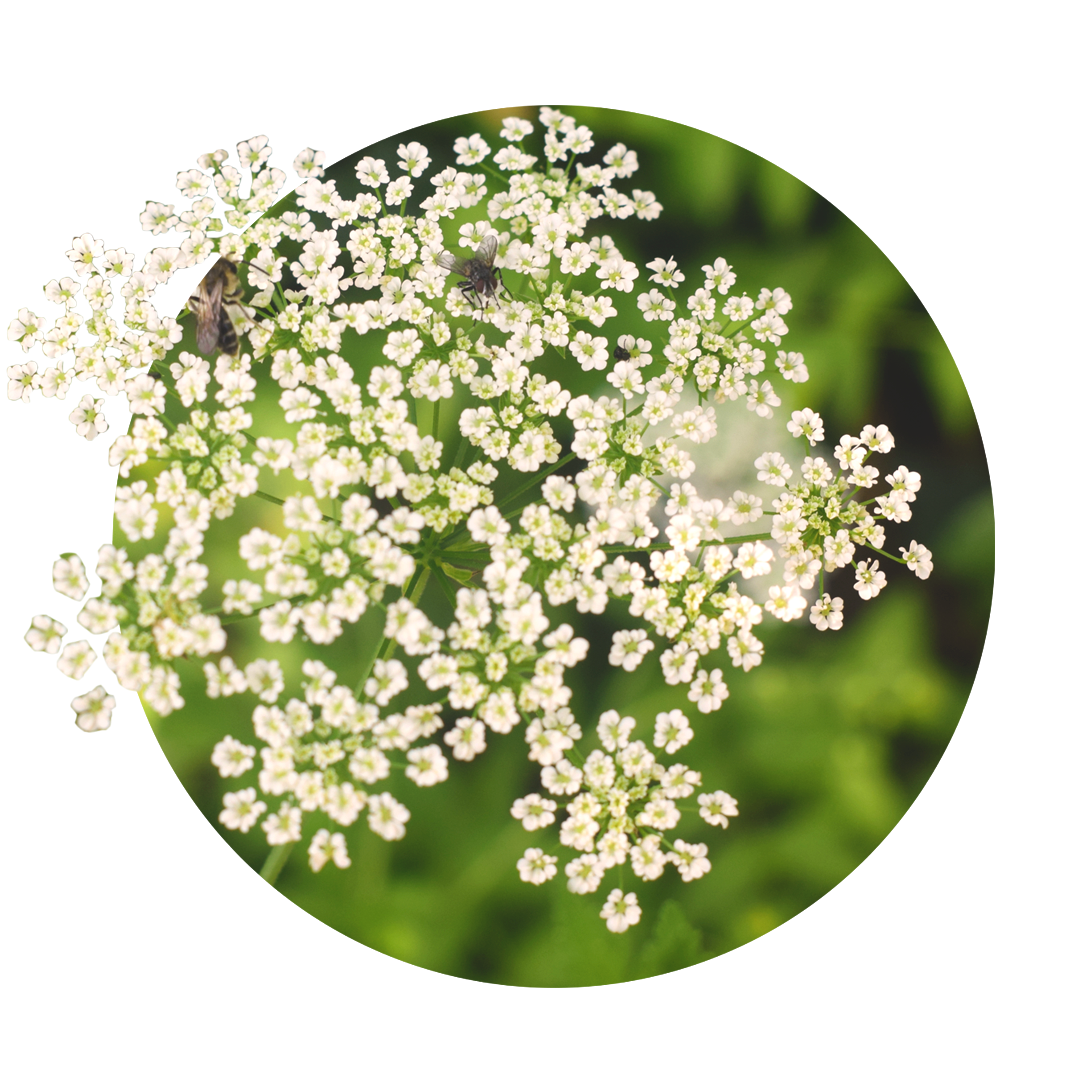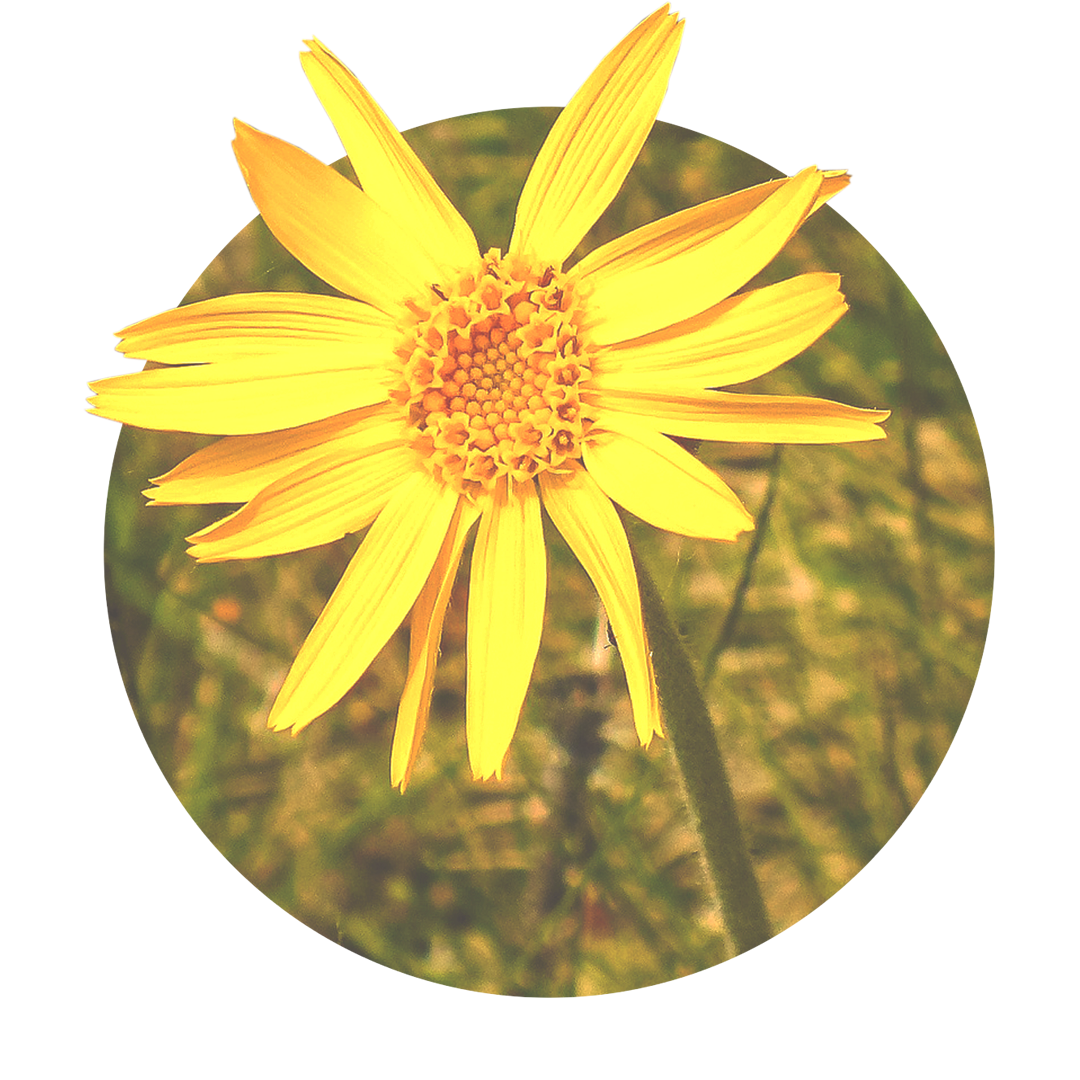True Sage: The medicinal plant for viruses, bacteria & fungi
Since the Middle Ages at the latest, sage has been one of the great medicinal plants of phytotherapy. It was popularly used for fever and digestive tract disorders. As an incense, it was used to purify the air from bad odors and disease-causing spirits. Today, it is mainly used for inflammations of the mouth and throat and is also very popular as an analgesic medicinal tea for sore throats and digestive problems.
Sage facts
Did you know that...
...sage is related to plants like cinnamon and wormwood in terms of active ingredients?
...sage is considered to be anti-cancer?
...sage since the Middle Ages was often the basis of the water of life?
What is Salvia officinalis?
The aconite is a herbaceous plant from the buttercup family that grows up to 1.2 m high. It is native to our country and is considered the most poisonous plant in our latitudes. Especially the seeds and the roots contain very high concentrations of poison and must be treated with extreme caution. The root is a turnip-like taproot that is mostly used for pharmacological preparations. The flowers of the plant have a helmet-like shape with the opening directed towards the ground. Together with its dark green herb and dark blue flowers, the plant shines with a dark beauty, referring to its underworld origin. In our country, the aconite likes to be planted in cottage gardens and is relatively widespread.
General and healing properties of real sage
Anti-inflammatory
Sage is anti-inflammatory. Inflammation is always accompanied by dilation of blood vessels and the associated increase in blood flow, redness and swelling. The sage acts on the blood vessels contract and thus relieves these symptoms.
Astringent
Sage is astringent. It therefore causes the blood vessels of the body to contract. This causes swollen mucous membranes to dry out and swell. The formation of mucus is thus reduced.
Antiseptic
Sage is antiseptic. It acts against bacteria, viruses and fungi. You can use this externally for the treatment of skin diseases or internally for existing problems of infectious origin.
Real sage: Ingredients
The main ingredients are a complex mixture of:
- Essential oils like cineol and linalool
- Thujone
- Flavonoids
- Tannins
- Bitters
Salvia officinalis: effect for body and mind
Sage has a disinfecting and antiseptic effect on the body. Its spectrum of action includes both fungi, bacteria, but also viruses. Due to its tannins, it has an astringent effect that regulates excessive blood flow and reduces swelling of mucous membranes. It also contains the active ingredient thujone, which, in addition to its antiseptic properties, also has a mild analgesic effect. Therefore, sage is often used as an ingredient in lozenges and rinses for mouth and throat infections. Its bitter substances additionally stimulate digestion, promote liver activity and bile flow, and thus contribute to the regulation of the small intestine environment, where they combat dysbiotic conditions.
Properties of real sage:
- antibacterial
- disinfecting
- soothing
- antiperspirant
- anti-inflammatory
- antiviral
- decongestant
Fields of application in naturopathy:
Due to its complex mixture of potent active ingredients, sage has established a wide range of applications.
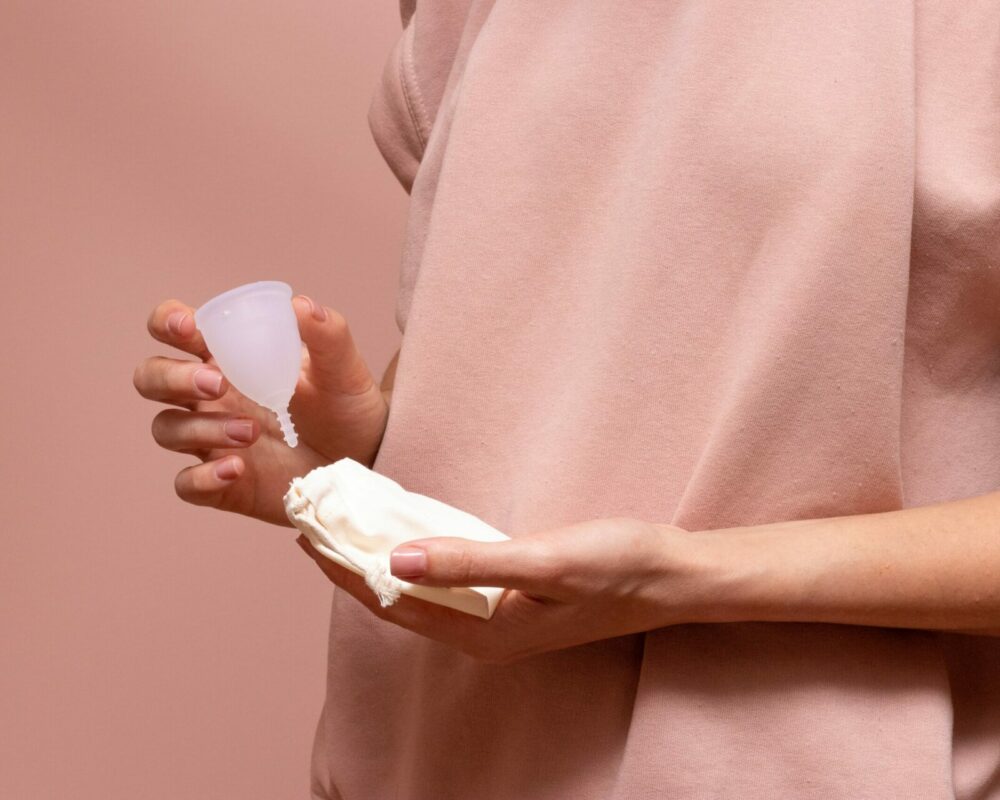
Real sage for menstrual cramps
Hormonal factors can lead to severe inflammation during menstruation, which is now accompanied by heavy bleeding. The affected patient loses a lot of blood during the period and there is a risk of secondary problems such as anemia. Sage, with its astringent effect, helps to constrict the blood vessels so that the bleeding is reduced. In addition, its anti-inflammatory property helps to soothe the affected structures, so that the pain is reduced.
True sage for bronchitis & coughs
Particularly in the case of bronchitis and cough, areas of the respiratory tract are affected that can react strongly with mucus. Due to the fact that the inflammation dilates the vessels, more blood flows through and therefore the mucous membranes swell, this attack of mucus occurs. Sage helps to make the vessels tight again, reduces blood flow and makes the mucous membranes swell. With its antiseptic effect, it additionally acts against the cause of the infection.
Salvia officinalis for colds & infections
Most infections that one catches are viral events. The mucous membranes of the respiratory tract become infected, inflamed, swollen and produce mucus. The sage acts against the infection itself and inhibits the production of mucus. This can be coughed up better and the symptoms of the infection are reduced and shortened.

Salvia officinalis for stress & mental tension
Sage is often used together with other plants to treat stress and its symptoms. The thujone it contains has a relaxing effect on the central nervous system and helps to calm it down. However, in larger quantities it can also cause problems, which is why a moderate use of thujone is advised.
True sage for inflammation
Inflammations of any kind are always accompanied by redness, swelling, heat, increased blood flow and pain. Through its ingredients, sage has a positive effect on all symptoms, so that they weaken. The inflammation is inhibited and the well-being returns faster.
Salvia officinalis for skin diseases
Inflammation plays a role in many skin diseases. The skin itches, perhaps scales and is warm due to increased blood circulation. Here, sage has a contracting effect on the blood vessels again, thus reducing itching and directly combating the unpleasant symptoms. Common here are envelope treatments or washings with sage.
Real sage for digestive problems
With its bitter substances, sage has a stimulating effect on active digestive glands such as the liver and gall bladder. These produce more bile and find it easier to release it into the small intestine. This bile stimulates intestinal activity, improves digestion and thus reduces the tendency to constipation.

Salvia officinalis for menopausal heat
During menopause, there is a natural hormone deficiency that leads to hot flashes with sweating during the transition phase. Since sage with its astringent effect acts against excessive blood flow, which is responsible for the hot flashes, it is used to inhibit them when there is a high tendency to sweat.
Notes on the use of real sage
Sage is used for acute inflammation of the throat and respiratory tract in the form of tea or as a concentrated tincture. Often it is a component of complex remedies for the treatment of the actual subject. Its application in this case should be several times a day, but in a cure-like manner. Continuous use in concentrated form is not recommended.
Salvia officinalis during pregnancy & lactation
During pregnancy and lactation, sage should be enjoyed with caution. On the one hand, it can trigger early labor, on the other hand, inhibit the formation of milk in the woman.
Discover our recipes
With natural methods such as the individual spagyric sprays from Zimply Natural, complaints can be treated and sustainably alleviated.
Use healing power of real sage!
Use the healing power of real sage and our other more than 100 medicinal plants for the natural relief of your ailments. Improve your well-being and support your body, mind and soul! Use our configurator to create your personal spagyric spray, which is tailored to your needs and accompanies you on your natural path to the improvement of body, mind and soul.

